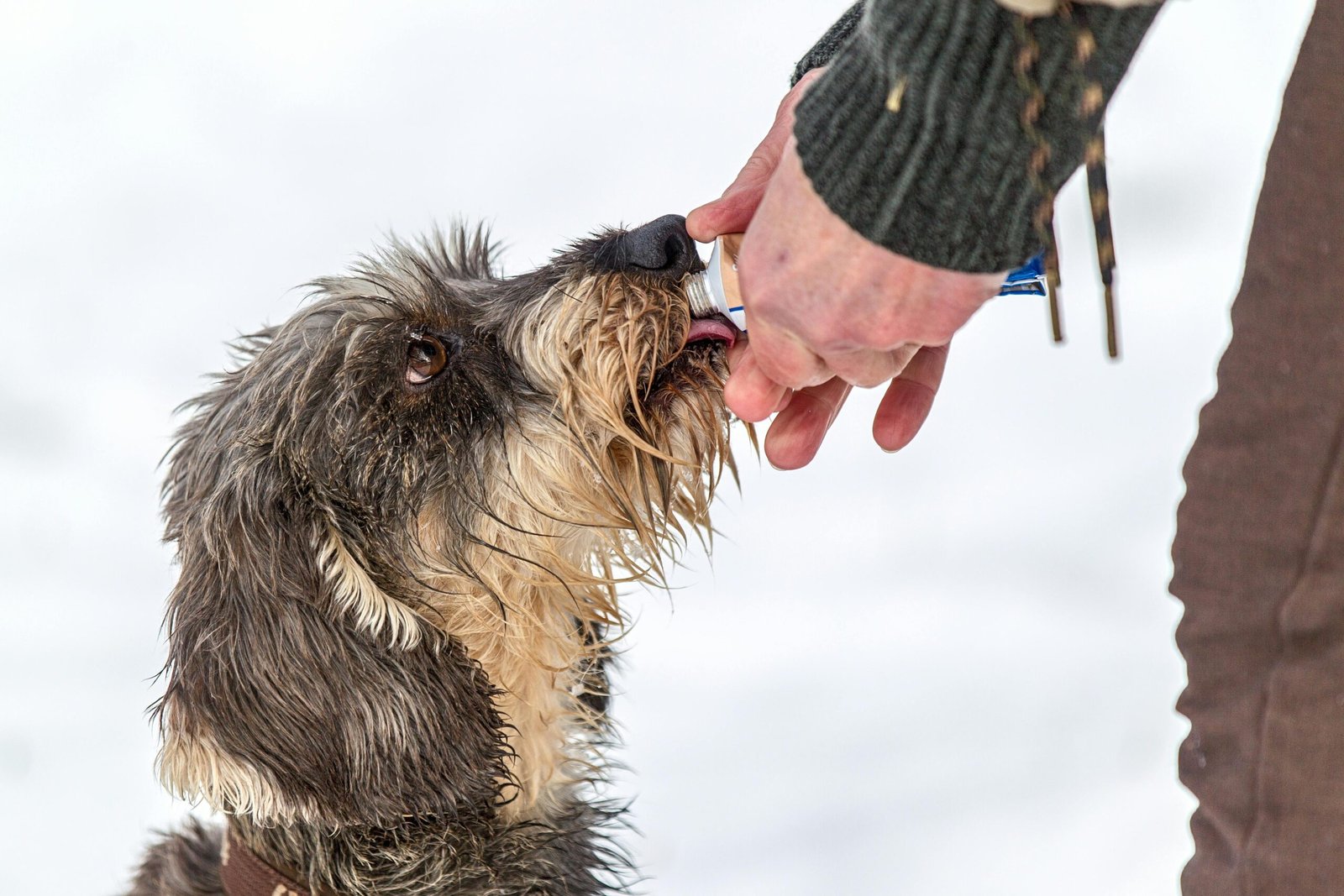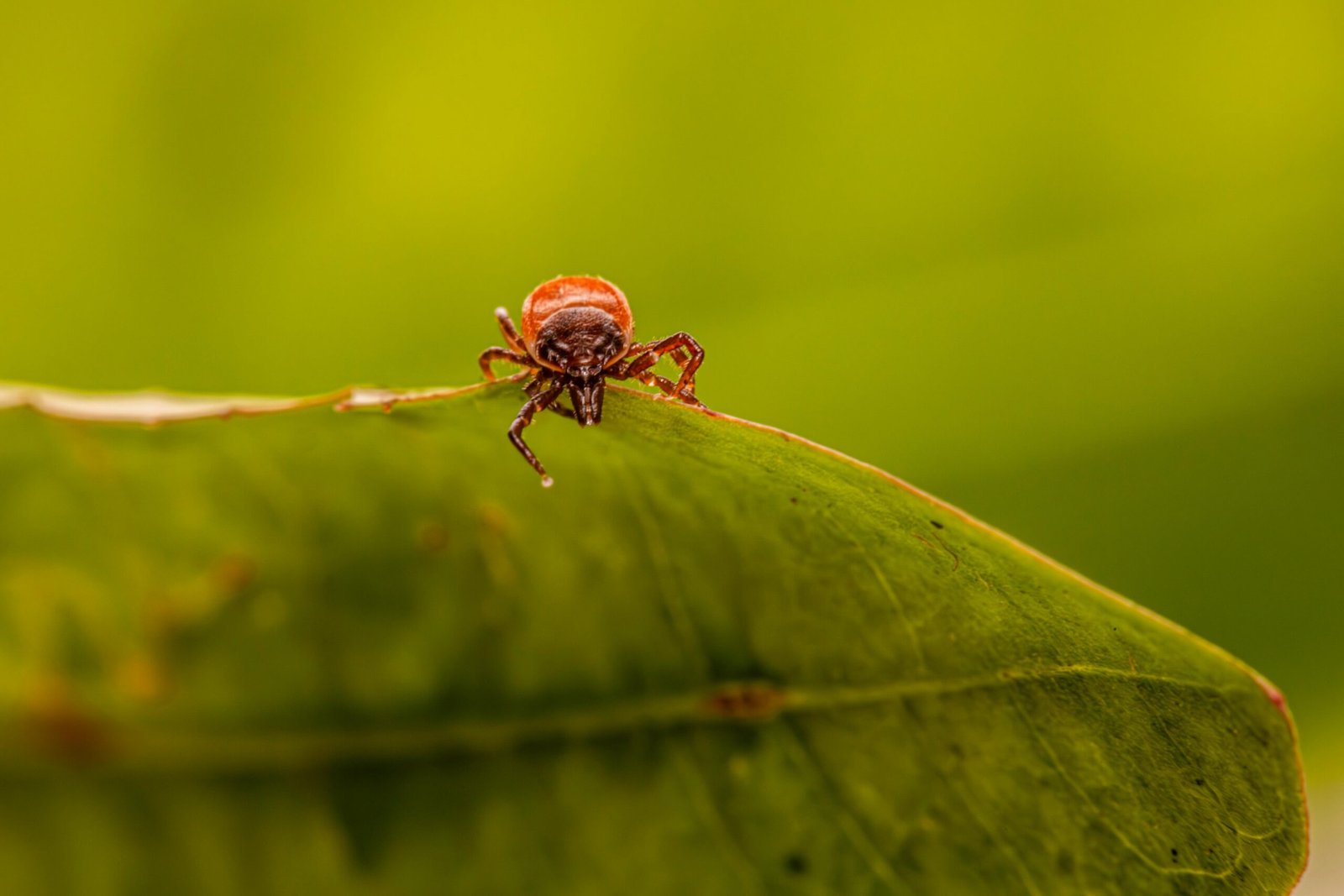The Ultimate Guide to Safe and Effective Flea and Tick Prevention for Pets
Estimated reading time: 8 minutes

Key Takeaways
- Fleas and ticks can cause serious health issues for pets and humans alike.
- Prevention is easier and more effective than treating an infestation.
- Natural treatments can help, but always consult your vet first.
- Flea collars can be effective for cats if chosen carefully.
- Regular grooming and home maintenance are key to prevention.
Table of Contents
- Introduction
- Understanding Fleas and Ticks
- Natural Flea Treatment for Dogs
- Best Flea Collar for Cats
- Flea and Tick Prevention Tips
- Frequently Asked Questions
Introduction
Fleas and ticks are more than just annoying pests—they can cause serious health problems for your pets. These tiny parasites can lead to itching, skin infections, and even transmit dangerous diseases like Lyme disease and Rocky Mountain Spotted Fever. Some of these illnesses can also spread to humans, making flea and tick prevention a must for every pet owner.
This guide covers everything you need to know to keep your pets safe. We’ll explore natural treatments, the best flea collars for cats, prevention tips, and how to check your dog for ticks. For more on pet health emergencies, read our guide on senior cat health signs. Let’s dive in!
Understanding Fleas and Ticks
What Are Fleas?
Fleas are small, wingless insects that feed on your pet’s blood. They reproduce quickly, laying eggs that fall off your pet and hide in carpets, bedding, and furniture. Signs of fleas include:
- Excessive scratching or biting at the skin
- Red, irritated skin or hot spots
- Tiny black specks (flea dirt) in your pet’s fur
What Are Ticks?
Ticks are spider-like parasites that attach to your pet’s skin, often in warm, hidden areas like ears, paws, and under the collar. They thrive in tall grass and wooded areas.
Why Prevention Matters
Treating an infestation is harder than stopping it before it starts. Flea and tick prevention keeps your pet comfortable and reduces the risk of disease. Learn more about pet-safe gardening to minimize tick habitats in your yard.
Source: AVMA – Safe Use of Flea and Tick Preventive Products
Natural Flea Treatment for Dogs
If you prefer chemical-free options, these natural flea treatments for dogs can help:
✅ Apple Cider Vinegar Spray
- Mix equal parts water and apple cider vinegar.
- Spray lightly on your dog’s fur (avoid eyes and open wounds).
✅ Food-Grade Diatomaceous Earth
- Sprinkle on pet bedding and carpets.
- Kills fleas by drying them out (safe for pets but avoid inhaling).
✅ Essential Oils (Use with Caution!)
- Lavender and cedarwood oils can repel fleas.
- Never use tea tree oil—it’s toxic to pets!
⚠️ Always check with your vet before trying natural remedies. For more on pet-safe products, explore our eco-friendly pet toys guide.
Source: MedVet – Flea Product Toxicity in Dogs and Cats

Best Flea Collar for Cats
Flea collars are a convenient way to protect your cat. Here’s what to look for in the best flea collar for cats:
✔ Long-Lasting Protection – Some collars work for up to 8 months.
✔ Safe Ingredients – Avoid TCVP, a chemical linked to health risks.
✔ Breakaway Feature – Ensures safety if the collar gets caught.
Top Picks:
- Seresto Flea & Tick Collar – Vet-recommended, lasts 8 months.
- Hartz UltraGuard Flea & Tick Collar – Budget-friendly but check ingredients.
⚠️ Consult your vet before choosing a flea collar. For more on feline care, read our cat anxiety remedies guide.
Source: OAG DC – Flea and Tick Prevention Pet Products
Flea and Tick Prevention Tips
Preventing fleas and ticks is easier with these simple steps:
1. Regular Grooming
- Brush your pet weekly to spot pests early.
- Bathe them with flea-repellent shampoo if needed.
2. Keep Your Home Clean
- Wash pet bedding in hot water weekly.
- Vacuum carpets and furniture often.
3. Yard Maintenance
- Mow grass short and remove leaf piles.
- Use pet-safe yard sprays if ticks are common.
4. Vet-Recommended Products
- Oral medications (NexGard, Bravecto).
- Spot-on treatments (Frontline, Advantage).
⚠️ Always follow dosage instructions to avoid toxicity. For emergencies, bookmark our pet first aid guide.
Source: AVMA – Safe Use of Flea and Tick Preventive Products
Frequently Asked Questions
- What are the signs of fleas?
- Are natural flea treatments safe?
- How often should I check for ticks?
- What is the best way to remove a tick?
What are the signs of fleas?
Common signs include excessive scratching, red or irritated skin, and tiny black specks (flea dirt) in your pet’s fur. You may also notice small, fast-moving insects in their coat.
Are natural flea treatments safe?
Some natural treatments can be effective, but not all are safe for pets. Always consult your vet before using any home remedies, especially essential oils, as some can be toxic.
How often should I check for ticks?
Check your pet daily if they spend time outdoors, especially in wooded or grassy areas. Pay close attention to ears, paws, and under the collar.
What is the best way to remove a tick?
Use fine-tipped tweezers to grasp the tick as close to the skin as possible. Pull upward with steady pressure. Avoid twisting or jerking, as this can leave parts of the tick embedded.
